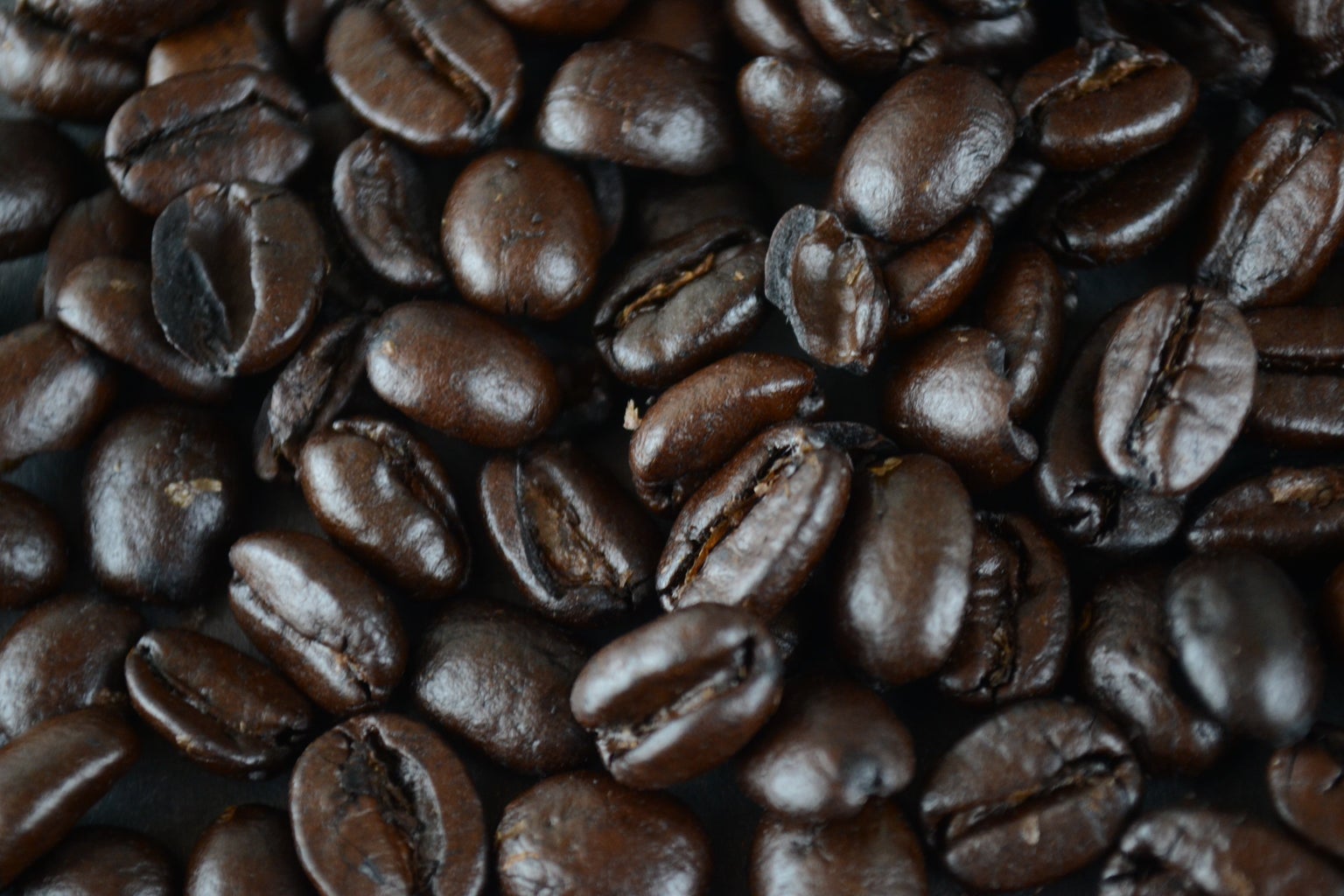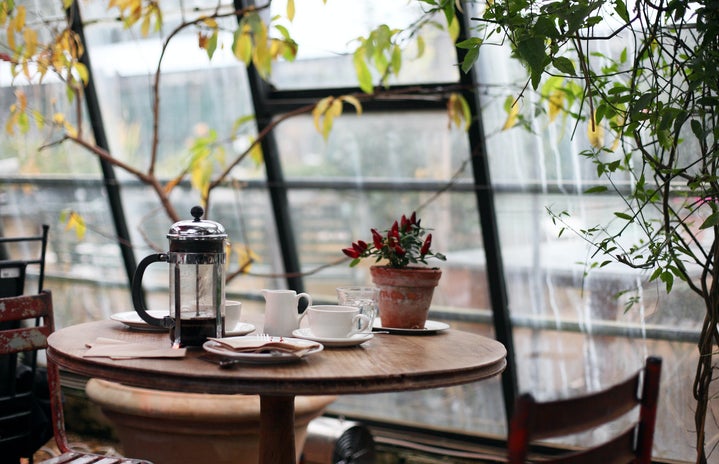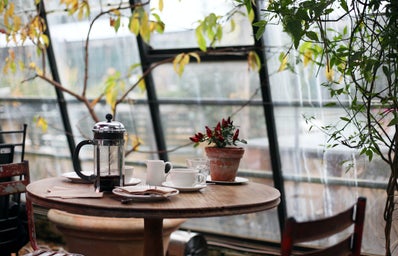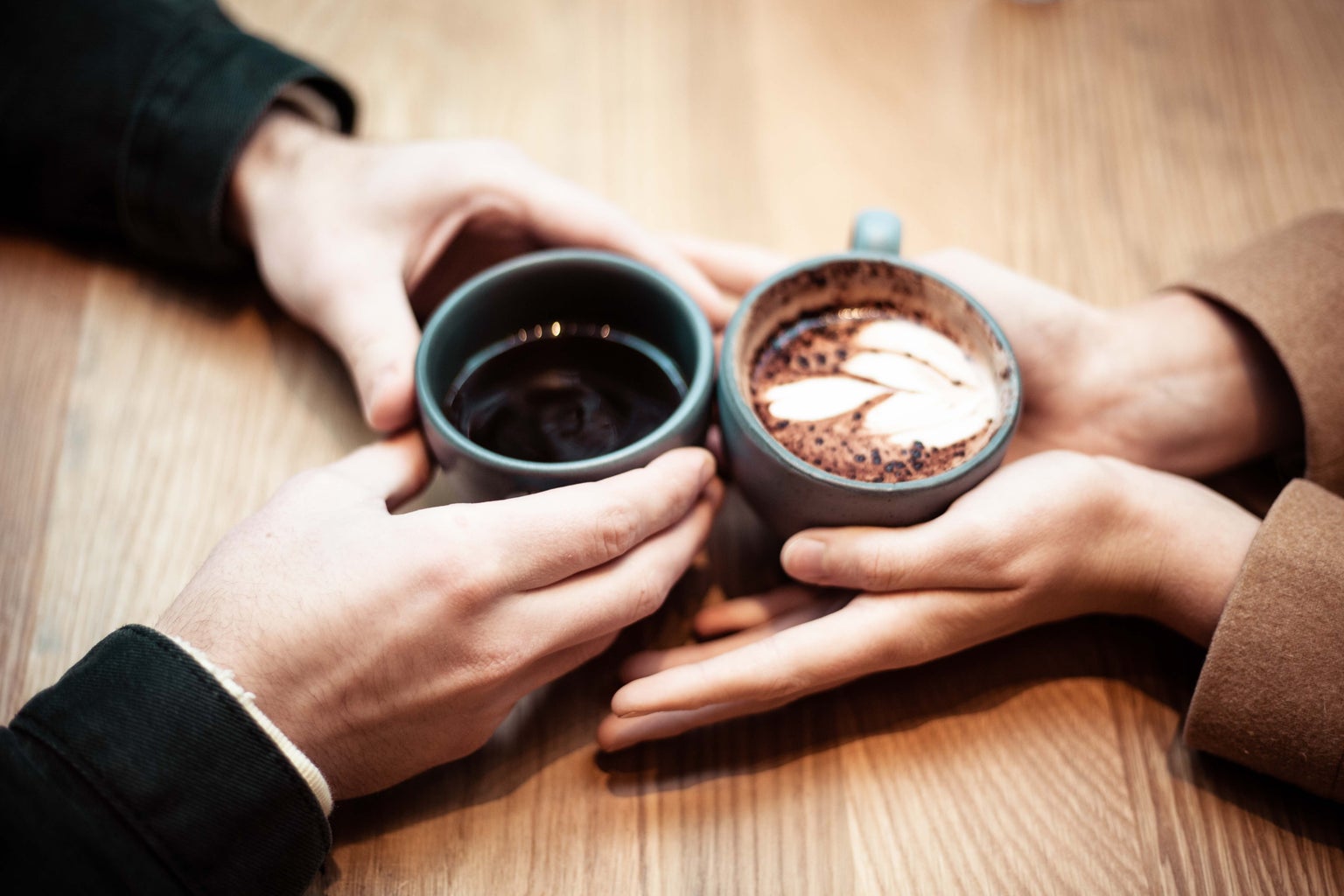My personal coffee discovery journey began with my parents’ old French press and a spice grinder that we thought would suffice to grind our beans. While it has led to a slight coffee addiction, it has also given me the power to create the most satisfying cup of coffee known to woman-kind. Thinking that my previous experience with my espresso machine and the very little research I conducted would suffice was very naïve thinking on my part. I had a great many coffee-specific conversations with my favourite high-school teacher as well as approximately ten months of trial and error, but I can now confidently say that I have crafted the most satisfying cup of French press.
Beans – quality and grind
Any coffee connoisseur will stress the importance of quality beans for the perfect cup of coffee. Through much experimentation, trial and error, loss and defeat with numerous brands of coffee, only three have won my heart. All are from local, highly acclaimed roasters. They are: The Happy Goat, Poppa Bean, and Cana Palma Café. I was surprised at first at the quality of Starbucks’ beans (I’d previously had another slight addiction to Starbucks) as, to my disappointment, they aren’t nearly as flavourful as the ones listed above. However, they aren’t nearly as terrible as some other no-name, waste-of-money, brands I’ve tried either.
In my amateur barista days, I often struggled with getting my beans ground. I had three different grinders at my disposal: my spice grinder, my cousin’s coffee grinder, and my teacher’s coffee grinder. One would be so inclined to think that with all those grinders, I’d be able to perfectly grind my beans. But grinding beans is one of the delicate arts associated with assembling the perfect cup of French press.
Before I found my spice grinder (which was buried somewhere in storage), I would bring my beans to school in a container resembling an urn and my teacher would bring his grinder and AeroPress. He would grind a batch of beans for me, and we would drink coffee together. The rest of my class would be easily annoyed at how loudly we discussed all things coffee during class time, and also that they didn’t always get a cup either. When I ran out of ground beans, I would try to grind them myself in my spice grinder. Usually, this resulted in a very uneven grind – meaning I would have some very fine grounds and some that were quite bigger. But what can I say, I was an amateur!
You know you have the right grind for a French press when it resembles coarse sea salt. It has the coarsest grind of any coffee. This is one way to ensure your coffee is not bitter. It is also the reason why espresso, which has the finest grind, is much more bitter than the coffee made in a French press – unless you make it wrong.

water temperatures
Less experienced baristas will tell you to boil your water, and while they aren’t technically wrong, as it will still make a decent brew, they aren’t right either. One key component that differentiates a good cup of coffee from a great cup of coffee is the temperature of your water. You want your water to be hot enough that it will quickly extract the flavours from the beans, but you don’t want it to be so hot that it will burn them. To ensure this, I’d recommend heating your water to anywhere between 185 and 200 degrees Fahrenheit. For example, when my teacher used to make me a coffee using his AeroPress, he would heat his water to 185 degrees and that was the most flavourful americano I’ve ever had. However, when heating water for the French press, both my tea kettle and perfectionistic eye for detail prefer 200 degrees.
preparation
If making coffee for one, grind two tablespoons of beans. I measure my water by filling the mug I’m going to use so that I don’t make too little or too much – I don’t want to be wasteful. If using a larger mug, feel free to add a quarter tablespoon more beans to ensure you’re not losing any flavour. Pour the 185–200-degree water over the beans and steep for five minutes. Slowly push the plunger evenly, as far down as it will go. Then grab your favourite mug (mine are from Chapters) and serve!
One piece that I still struggle with when choosing to be kind and share my precious coffee is the ratio of beans per person. With one person, I generally count two flush tablespoons of unground beans. When I make it for someone else though, four flush tablespoons are too much. My coffee suddenly becomes a muddy disaster zone. Due to this, I count out three-and-a-half flush tablespoons of unground beans and it does the trick. I don’t ever worry about making any more coffee at a time because French presses are generally only big enough to serve two cups of coffee at a time – or one big tumbler for when you need the extra kick!
Brewing the most satisfying cup of coffee is both an exact science and delicate art. While it can be fun to experiment, it’s also nice to know the exact steps to create a true masterpiece for those days you’re feeling a bit lazy. Coffee is wonderful to enjoy on your own, but it is equally nice to enjoy in good company. So, when you’re thinking about making your next cup, maybe invite a friend, or your favourite prof, to indulge with.



